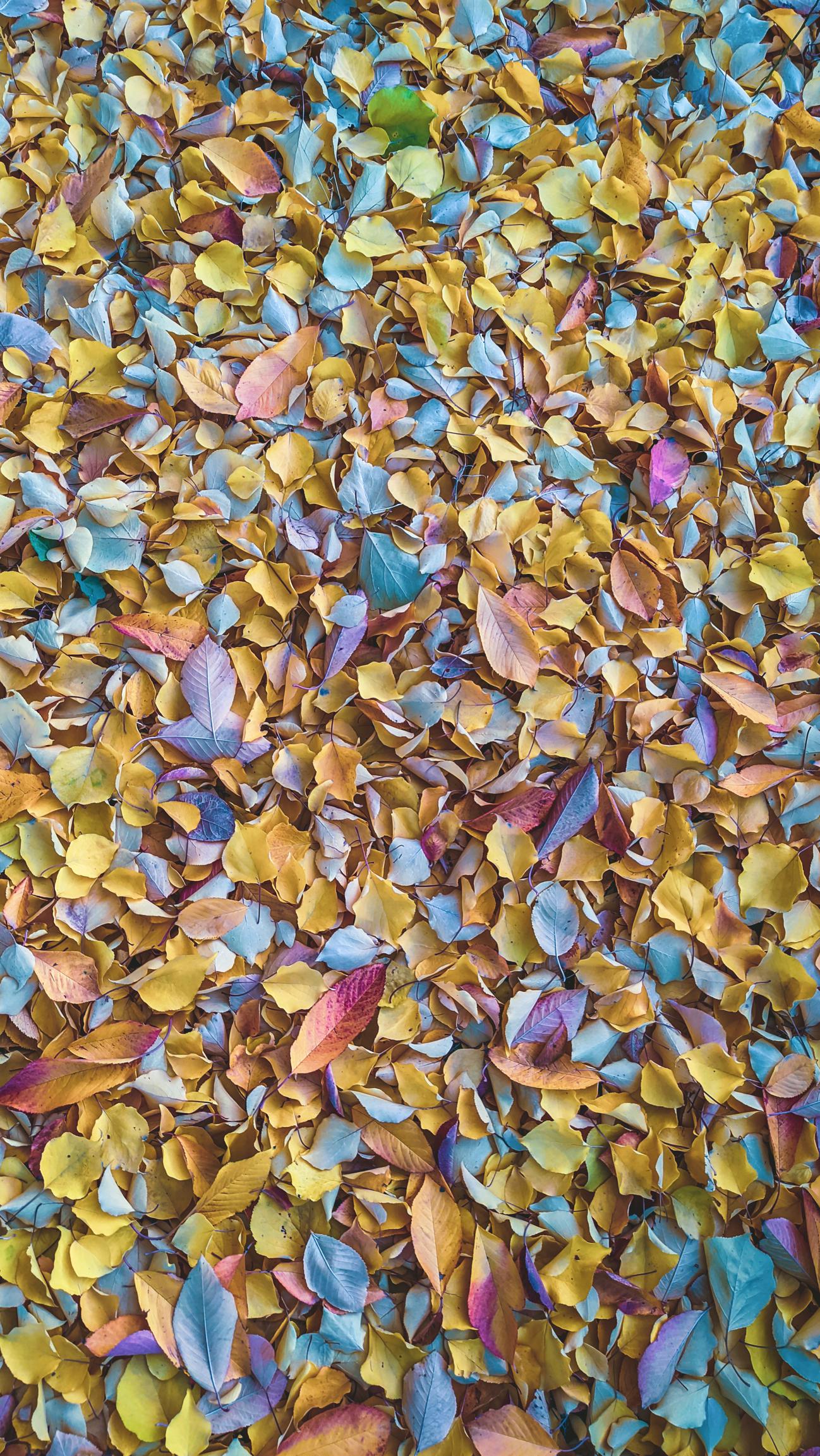It’s no secret that guinea pigs are well known for their love of vegetables, but what about leaves? Can guinea pigs eat maple leaves?
In this blog post we’ll explore the answer to this question, looking at the nutritional benefits of maple leaves, any potential risks associated with them, and how to include maple leaves in your guinea pig’s diet.
Nutritional benefits of maple leaves

When it comes to nutrition for our furry friends, we often think of fruits or vegetables as being the most nutritious. But what about maple leaves?
The answer is a resounding yes! Maple leaves contain a variety of essential nutrients that are essential for the health of your guinea pig, such as vitamins A, C, and B6, magnesium, potassium, and calcium.
These nutrients can help to keep your guinea pig healthy and happy, and can even help to reduce the risk of certain health conditions. Maple leaves also contain antioxidants, which can help to protect against free radical damage and keep your guinea pig healthy. So go ahead and give your guinea pig a few maple leaves every now and then – they may just be the key to a happier, healthier pet!
So go ahead and give your guinea pig a few maple leaves every now and then – they may just be the key to a happier, healthier pet!
Potential risks of feeding maple leaves to guinea pigs
Although maple leaves are a popular food source for some animals, they should be avoided when feeding guinea pigs. Maple leaves contain compounds that can be toxic to guinea pigs and can cause serious health issues if ingested.
Therefore, it is best to avoid feeding maple leaves to guinea pigs and opt for more appropriate, healthy food sources instead.
How to safely introduce maple leaves to guinea pigs
Introducing maple leaves to guinea pigs can be a great way to provide them with a nutritious and delicious snack. However, it’s important to understand the risks associated with feeding this type of leaf to your pet.
While maple leaves contain essential vitamins and minerals, they can also be dangerous if ingested in large quantities. Therefore, it’s essential to understand how to safely introduce maple leaves to your guinea pig. To begin, it’s important to make sure the leaves are free of pesticides and any other chemicals.
Once the leaves have been thoroughly washed and dried, they can be fed to your guinea pig in small amounts. Additionally, it’s important to monitor your pet closely to make sure they don’t eat too many maple leaves at once. By following these safety measures, you can enjoy the benefits of this nutritious snack without worrying about any potential harm to your beloved pet.
Guidelines for feeding maple leaves to guinea pigs
It’s no secret that guinea pigs love to forage for their food and that includes nibbling on leaves! But can guinea pigs eat maple leaves? The answer is yes!
Maple leaves are a great source of vitamins and minerals for guinea pigs, and they make a tasty and nutritious snack. However, there are a few guidelines to follow when feeding maple leaves to guinea pigs.
Make sure to only feed maple leaves that were freshly picked, as dried leaves can contain toxins. Additionally, avoid feeding wilted or damaged leaves, as these can also be toxic.
Finally, be sure to monitor your guinea pig’s intake of maple leaves, as too much can cause diarrhea and other digestive problems. With these few simple guidelines in mind, you can safely enjoy maple leaves as a treat for your guinea pig!
Alternatives to maple leaves for guinea pigs
If you have a guinea pig, you may have heard that maple leaves are a great snack for them. But did you know there are other alternatives to maple leaves that your guinea pig can enjoy? From dried herbs to fruits and vegetables, there are plenty of alternatives that you can choose from to provide your guinea pig with a nutritious and delicious snack.
From dried herbs to fruits and vegetables, there are plenty of alternatives that you can choose from to provide your guinea pig with a nutritious and delicious snack. Not only are they safer to feed than maple leaves, but they also provide many essential vitamins and minerals that are essential for your guinea pig’s health. Whether you are looking for a tasty treat or something more healthy, there are plenty of options to choose from.
Conclusion
In conclusion, maple leaves can be included in a guinea pig’s diet, but in moderation. As with any food, too much can cause digestive issues and nutritional deficiencies.